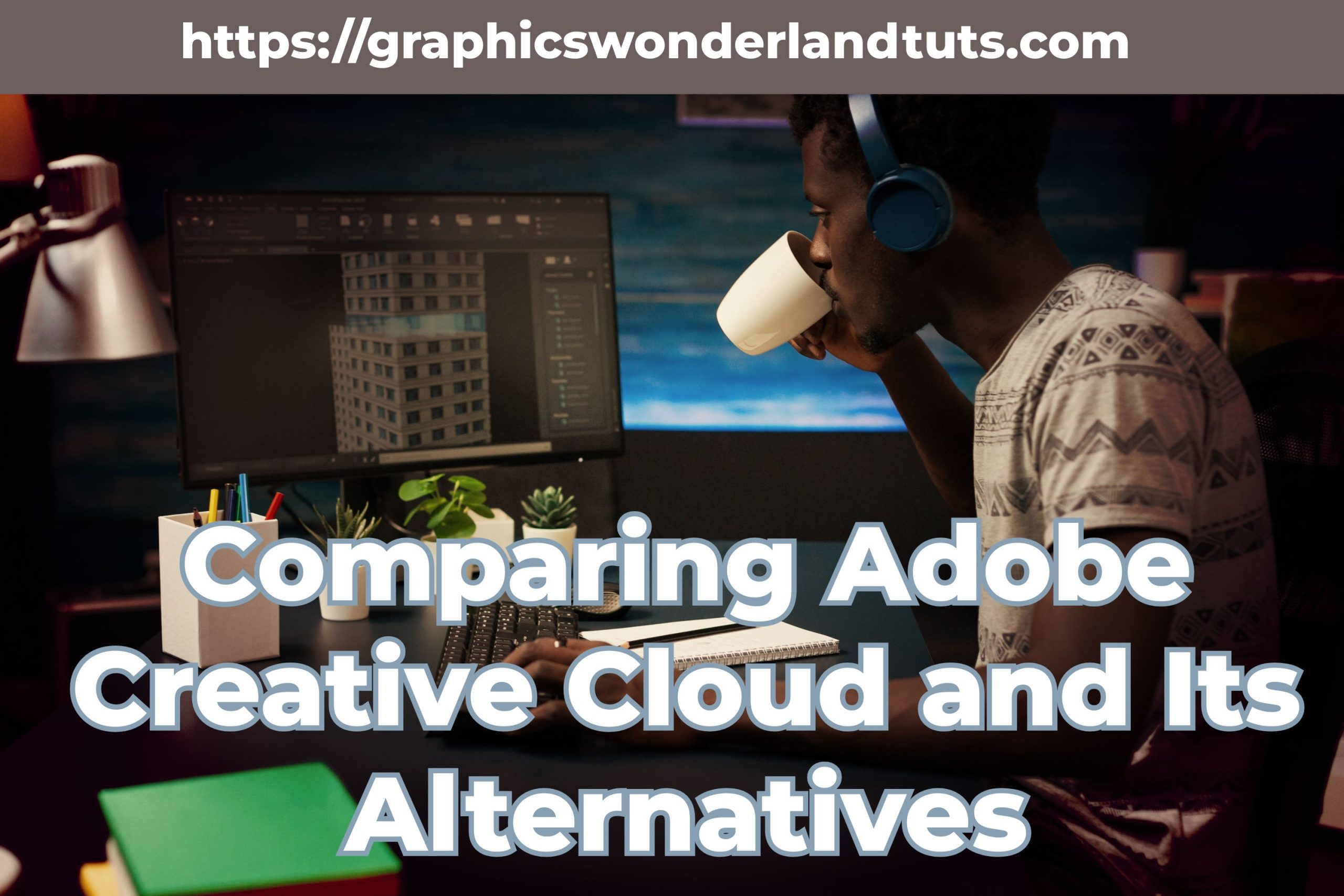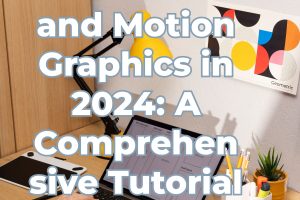
Adobe Creative Cloud (CC) is often considered the gold standard. However, it’s not the only option available. With a range of alternatives providing various features and price points, designers have more choices than ever. This article will compare Adobe Creative Cloud with its top alternatives, considering features, pricing, usability, and overall value to help you make an informed decision.
Adobe Creative Cloud: The Industry Standard
Adobe Creative Cloud is a suite of applications and services from Adobe Systems that gives subscribers access to a collection of software used for graphic design, video editing, web development, photography, and cloud services. Here are some of its key features:
Key Features
- Comprehensive Toolset: Adobe CC includes Photoshop, Illustrator, InDesign, Premiere Pro, After Effects, and many more. This makes it suitable for professionals across various creative disciplines.
- Integration: Seamless integration between different Adobe apps allows for a smooth workflow. For example, you can edit a photo in Photoshop and import it directly into InDesign.
- Cloud Services: Adobe’s cloud services provide storage and allow for easy sharing and collaboration on projects.
- Regular Updates: Subscribers receive regular updates and new features, ensuring they always have access to the latest tools.
Pricing
Adobe CC operates on a subscription-based model, with plans starting at $52.99 per month for individuals. This can be quite expensive, especially for freelancers or small businesses.
Usability
Adobe CC is known for its steep learning curve, but it offers a wealth of tutorials and community support. Once mastered, the tools are incredibly powerful and versatile.
Top Alternatives to Adobe Creative Cloud
While Adobe CC is highly popular, several alternatives offer competitive features and, in some cases, more affordable pricing. Let’s explore some of the top contenders:
1. Affinity Suite
Key Features:
- Affinity Photo, Designer, and Publisher: These apps correspond to Photoshop, Illustrator, and InDesign, respectively.
- One-Time Purchase: Unlike Adobe CC, Affinity apps are available for a one-time purchase rather than a subscription.
- Professional Quality: Affinity tools offer professional-level features, making them suitable for high-end design work.
- Cross-Platform: Available on macOS, Windows, and iPadOS.
Pricing:
Each Affinity app costs around $54.99, making it a more budget-friendly option compared to Adobe’s subscription model.
Usability:
Affinity’s interface is intuitive, and many users find it easier to learn compared to Adobe CC. The transition is particularly smooth for those familiar with Adobe products.
2. CorelDRAW Graphics Suite
Key Features:
- CorelDRAW, Photo-Paint, and AfterShot: Corel’s suite includes a vector graphics editor, photo editor, and RAW photo processor.
- AI-Powered Tools: CorelDRAW offers AI-powered features like image enhancements and vectorization.
- Customizable Interface: Highly customizable UI to fit individual workflow preferences.
- Cross-Platform: Available on both Windows and macOS.
Pricing:
CorelDRAW offers both subscription ($249 per year) and perpetual license ($499 one-time purchase) options.
Usability:
CorelDRAW is known for its user-friendly interface and strong customer support, making it a viable alternative for both beginners and seasoned designers.
3. Canva
Key Features:
- Ease of Use: Canva is a web-based design tool that is extremely easy to use, even for non-designers.
- Templates: Offers a wide variety of templates for social media graphics, presentations, posters, documents, and other visual content.
- Collaborative Features: Real-time collaboration tools allow teams to work together on projects seamlessly.
- Accessibility: Available as a web application, with mobile apps for iOS and Android.
Pricing:
Canva offers a free tier with basic features. The Pro plan costs $12.95 per month per user, providing access to additional features and assets.
Usability:
Canva’s drag-and-drop interface is intuitive, making it accessible to users with no prior design experience. However, it lacks the advanced capabilities of Adobe CC and other professional-grade software.
4. GIMP (GNU Image Manipulation Program)
Key Features:
- Open Source: GIMP is free and open-source, with a strong community of developers and users.
- Advanced Editing: Provides powerful image editing capabilities comparable to Photoshop.
- Extensible: Supports plugins to extend its functionality.
Pricing:
Completely free.
Usability:
GIMP can be challenging to learn due to its unique interface. However, it offers a wide range of features that make it a powerful tool for those willing to invest the time to learn it.
Conclusion
Choosing the right design tool depends largely on your specific needs, budget, and level of expertise. Adobe Creative Cloud remains the go-to option for many professionals due to its comprehensive toolset and seamless integration. However, its high cost and steep learning curve can be a deterrent.
Affinity Suite presents a robust alternative with a one-time purchase model, making it an excellent choice for those looking for a cost-effective yet powerful solution. CorelDRAW is another strong contender, offering flexible pricing and a user-friendly interface. Canva, while not as feature-rich, provides unmatched ease of use and is ideal for quick, template-based designs. Lastly, GIMP offers a powerful, free option for those who prefer open-source software.
Ultimately, the best choice will depend on your specific workflow, budget constraints, and the complexity of the projects you handle. By carefully evaluating the features and pricing of each option, you can find the tool that best fits your creative needs.
Featured Image Credit: Freepik






